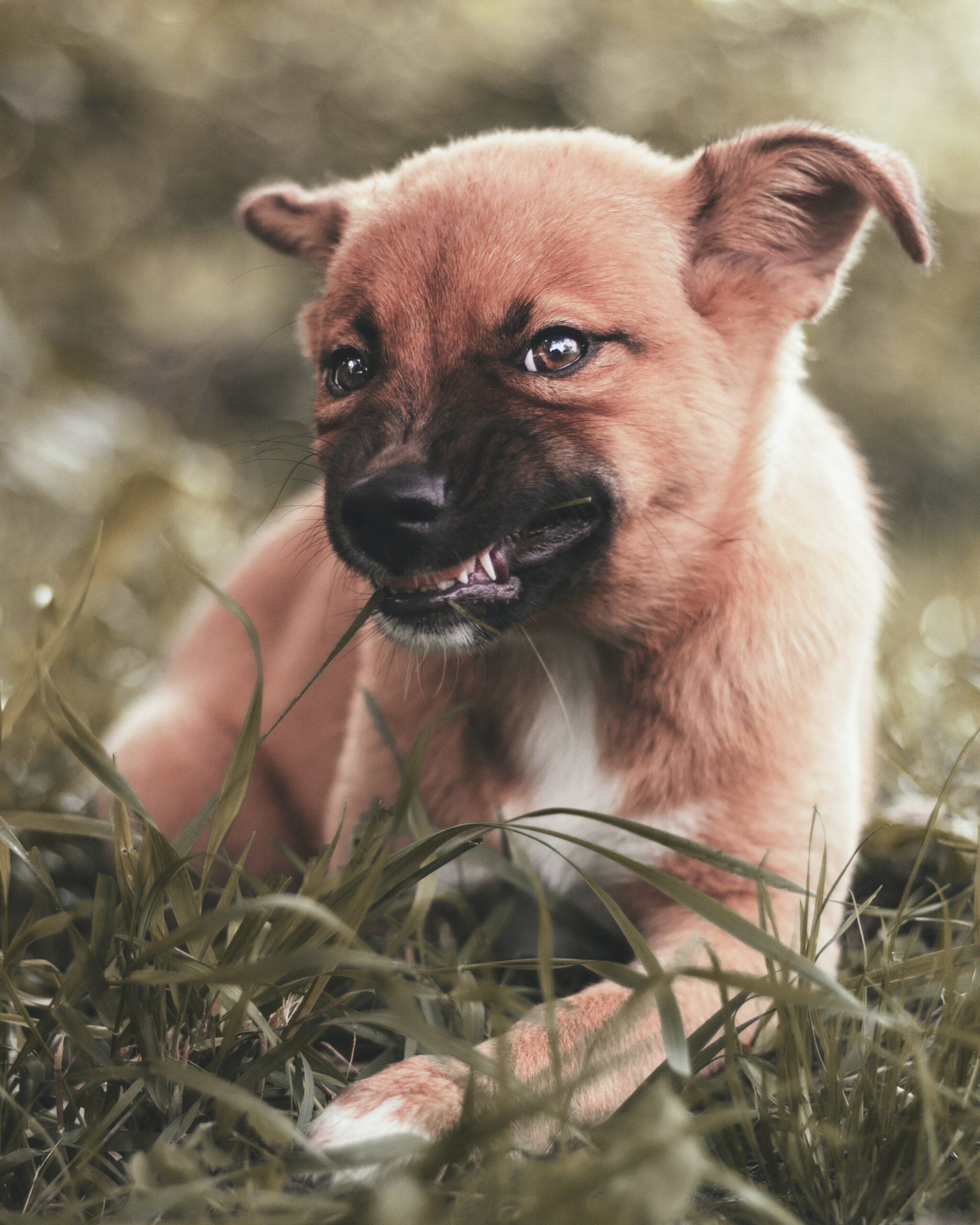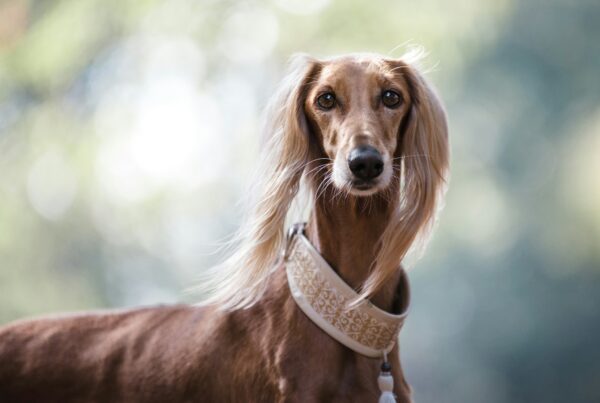There’s a common opinion that if your dog growls, it means he is an aggressive uncontrollable monster, who’s trying to dominate over you and the entire world. This statement couldn’t be more wrong.
Growling is often, but not always, a sign of stress.
Growling is how dogs communicate with other animals. You need to read the room to understand the correct context of this behavior: Is the dog engaged in play and joyfully growls? Does he feel threatened in any way?
The dog will use growling as a display of annoyance when, for example, you ask him to move from the couch. Or this can be the way of communicating anger with the situation, asking you to stop immediately.
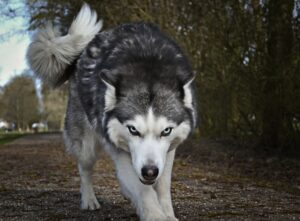
Don’t ignore a dog who’s frustrated and scared. He’s warning you and is politely indicating for you to give him some space. If you continue the same actions, despite his growling warnings – you may force the pup to defend himself by attacking.
The most important thing is to understand that punishing a dog for growling is not only useless, but can be harmful too. Growling is a natural reaction to a discomfort trigger that a pouch can not control. By punishing a growling dog you may escalate an already tense situation, leading to a greater anxiety for the pup. This may disturb the relationship between the canine and the owner over time, if conflicts seem to constantly keep arising.
Although forbidding to growl may sound like a good plan, trust me, it’s not.
Dogs use their body language to communicate how they feel. If you pay closer attention to your dog, you will notice him showing other signals when he is in discomfort or anxious. These can include – turning head away, moving slowly, walking away and staying still. When he has exhausted all the possible ways to show his discomfort with the current situation, he may start growling before snapping to attack. By forbidding a demonstration of that emotion, you can get into situations where a dog bites unexpectedly.
Possible Medical Attention

Any changes in your dog’s behavior can be a sign of health problems. If your dog seems to suddenly get aggressive, you may want to do a visit to the vet to check for any health issues. After you eliminate a possible threat to your fluff’s internal and external wellbeing, you may be required to explore for possible behavioral problems.
Dogs Growl at the Owner
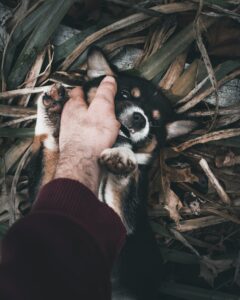
Don’t panic. It’s not a sign of your dog going crazy, becoming a rebel, or planning to eat you and your family alive. There must be a way to explain this behavior. Dogs can have a bad day, reaching the limit of possible irritation with kids pulling the tail, unwanted petting and who knows what else. Adopted dogs with a difficult past tend to be more anxious and fearful. Aggression is almost always fear driven, so show your love, support and understanding towards your fluff.
Growls at Kids
Not all dogs are fans of kids and there is a good explanation behind it. Kids can come off as frightening as they can be overly exuberant and unpredictable. As a dog owner, you can train your dog to be more tolerant with positive reinforcements when around them.
Punishing dogs for being aggressive towards kids can be dangerous. It can lead to a never-ending cycle of: the dog growling, you yelling, he becoming more agitated, and starts growling further.
There is always a possibility that the dog can misinterpret your yelling as an affirmation of kids being dangerous. Your sudden mood swing next to kids can be a sign of the newcomers being a threat to you, causing the dog to switch to an aggressive mode to protect his owner.
We don’t want any of these ideas in your fluff’s head. To maintain a peaceful child-dog relationship its important for you to maintain a calm nurturing environment for them to interact joyfully.
Growls While Sleeping
Anxious dogs, especially ones with a difficult past, tend to be light sleepers.
It is possible that they were punished for sleeping on a couch, or some other location, which sits deeply into their memory. So, when somebody is approaching them while napping, they could perceive it is a sign of threat.
Another reason for growling when sleeping could be due to a newly developed joint pain. The dog may be worried that you approaching him could mean he has to move from a comfortable spot, which will be painful when getting up.
Growls While Eating
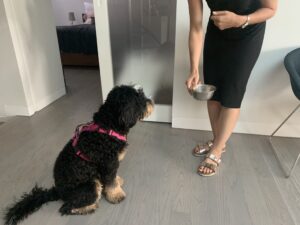
Please do not disturb your dog while he’s eating. The dog is simply protecting what belongs to him and is afraid of having the food been taken away. If this really bothers you, you can take steps towards training your dog by playing and offering him small bits of food. Your goal is to convince the canine that you have no intentions of taking away his food and are no threat to his territory.
Conclusion
Your dog may be growling for many different reasons. As a responsible dog owner, it is for you to pinpoint the underlying reason and address it appropriately! Hope this article has helped you in addressing your dog’s growling!😊
Photo credit:
https://unsplash.com/photos/h-OISUiNfpI
https://unsplash.com/photos/4FmE-wtV6KE
https://unsplash.com/photos/plyCLMpXnAU
This post was contributed by
Love our content? Share it with a friend or link it to social media. Like short clips of cute household pets? Training tips? Follow us on instagram @nydognanny or on YouTube at nydognanny. Have some news you needs to get to dog and cat parents stat? Email info@newyorkdognanny.com with your article pitch.

